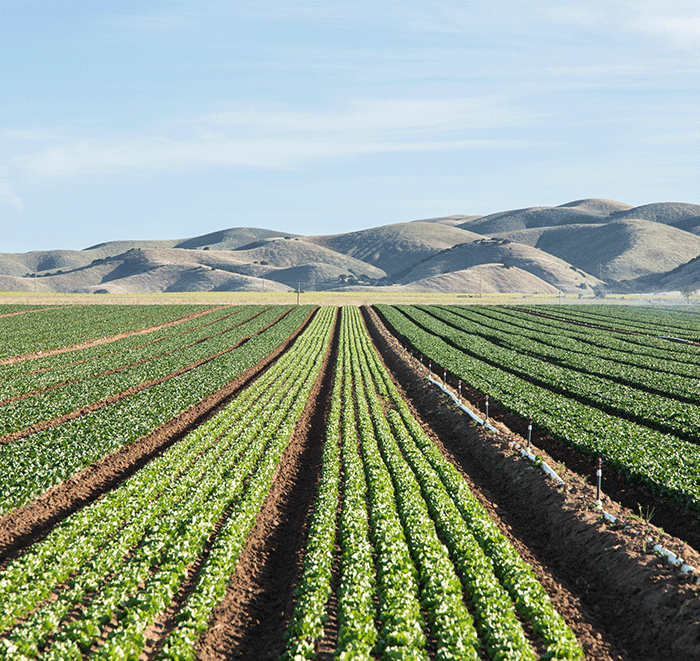Which practices yield the greatest soil health benefits?
Healthy soil provides the foundation for strong crop growth and optimum ROI each season. Without the right below-ground environment and structure, soil isn’t able to support maximum plant performance for today’s high-yielding genetics and plants.
By incorporating a few key practices into your operation’s program, you can assess, support and manage your soil’s health for years to come.
Gina Colfer, key account manager for Organics, Wilbur-Ellis Agribusiness, has spent the last 35 years as a pest control advisor and certified crop advisor, helping growers achieve optimum production in all types of farm systems. When it comes to improving soil health, she recommends several key practices that will yield the best results.
Assess Your Soil’s Health

The first step is to take a good look at your soil. “Put a shovel into the soil so you can examine the texture, see the color and test the smell,” Colfer explained.
Healthy soil should smell earthy, which signals that the actinomycete — a beneficial gene of soil bacteria — is present and doing its job. A rancid smell indicates there’s a problem, she noted.
Soil that’s a darker color indicates a healthy amount of organic matter is present in the soil, whereas soil that’s trending white needs to have more organic matter added.
“The best way to test soil’s overall health is to evaluate its water holding capacity after a rain or irrigation,” Colfer noted. “You want your soil to act like a sponge that absorbs water, allows moisture to penetrate into the soil and slowly releases it to plant roots, instead of just running off the soil surface or straight through the soil profile.”
Plant Cover Crops
Adding quality organic matter to your soil typically delivers the most production benefits, Colfer explained. Cover crops provide organic matter that delivers a high quality food source for soil microbes. These microbes break down organic matter and feed it to the plant to support healthy growth.
Along with providing organic matter, the right cover crop will help sequester carbon within your soil because as it grows it pulls in carbon dioxide and releases carbon into the soil in the form of carbohydrates.
“Cover crops are probably putting about 25 percent of the total carbon back into the soil to feed the microbes,” Colfer noted.
A variety of cover crops are available to fit within most types of cropping systems and weather patterns. By working with a local advisor, such as your Wilbur-Ellis representative, you can identify the best cover crop performers for your situation.
Reduce Tillage

When it comes time to incorporate your cover crop, keeping tillage to a minimum is beneficial for soil health. With corn or soybeans, cover crops can be killed with a crimper before planting directly into it. However, different tillage methods are required in vegetable programs that require a clean planting bed.
“Nitrogen can get tied up when you have a lot of residue in the soil,” Colfer said. “That’s why you’ll need a good nitrogen management plan with accurate timing to get nutrients to plants when they’re needed.”
Consider Other Carbon Inputs
Soil health also benefits from other forms of carbon inputs, Colfer explained. She noted that while compost is a carbon source to consider, it’s less efficient because it provides less nitrogen. However, pelleted organic fertilizers and liquid fertilizers add carbon as well as other nutrients. As an example, Colfer noted that if you apply a 4-3-4 fertilizer at 2,000 pounds per acre, you’re putting out 80 units of nitrogen to feed plants with almost 800 pounds of carbon to feed beneficial microbes that are converting nutrients into an available form for plant uptake.
Humic acids are another great carbon source that can be easily spoon fed to plants via drip irrigation, she added. This allows the grower to monitor the amount of carbon being added in the soil for reporting purposes.
For more information about improving your soil’s health, contact your Wilbur-Ellis representative.

